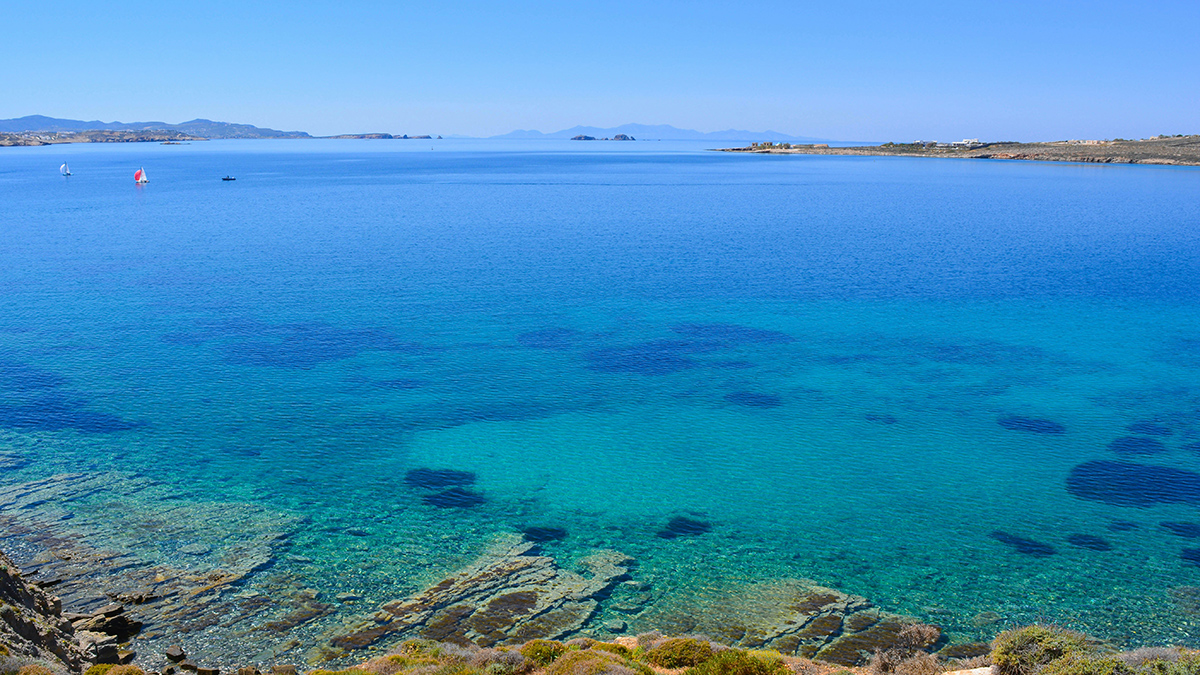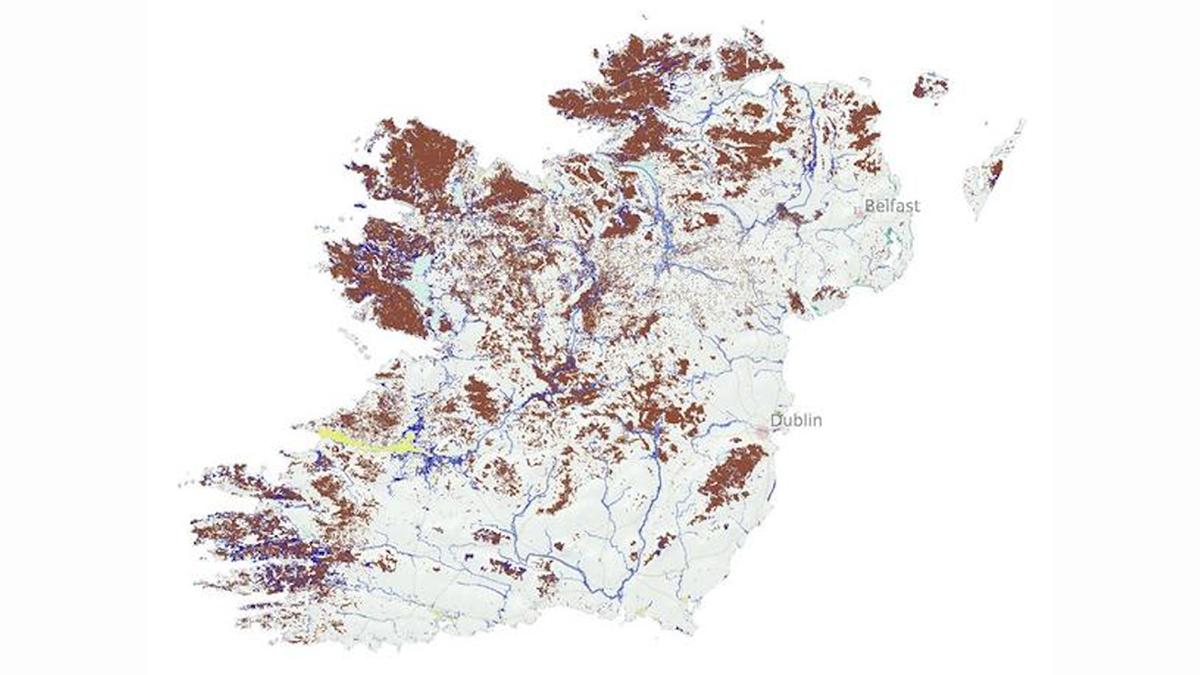Over the past couple of weeks, thousands of public servants working at federal agencies—NOAA, the National Weather Service, the U.S. Geological Survey, the U.S. Department of Agriculture, and the U.S. Forest Services were terminated by the Trump Administration. Many were scientists: hydrologists, geologists, data scientists, modelers, and oceanographers. But many others were science communicators, responsible for sharing the work of their agencies with the American people.
culture & policy
404: Air Quality Data from U.S. Embassies Removed
On 4 March, AirNow, the home of the U.S. Air Quality Index, shut down its webpage that reported data from air quality monitors at U.S. embassies and consulates around the world. Eos learned of the removal of these data from Dan Westervelt, a climate change and pollution scientist at Columbia University’s Lamont Doherty Earth Observatory in Palisades, New York.
Ancient Greeks and Romans Laced the Aegean with Lead
Lead pollution in and around the Aegean Sea dates back to the Bronze Age and shows a strong spike associated with Roman expansion.
Expedition 403: Sailing the Last Expedition of the JOIDES Resolution
Early-career geoscientists share melancholy memories about hard science and intangible networks of collaboration.
Where the Wetlands Are
Researchers have crafted the most comprehensive map yet of Europe’s wetlands.
Panama Canal Logistics Are at the Mercy of Weather and Climate
Regional weather variability and climate change make operating the canal a challenge.
La importancia de la enseñanza de la justicia en las geociencias
Los educadores de las geociencias tienen una deuda con sus estudiantes: deben incorporar conversaciones sobre justicia ambiental e igualdad en sus aulas. Los estudios de caso son una forma efectiva de hacerlo.
Road Development May Put Habitats at Risk
New research links road construction with increased urbanization and more fragmented species ranges.
Access to Air-Conditioning May Affect Wildfire-Related Health Outcomes
A new study found that access to air-conditioning is a stronger predictor of emergency department visits related to PM2.5 exposure from smoke than factors such as race, age, and socioeconomic status.










